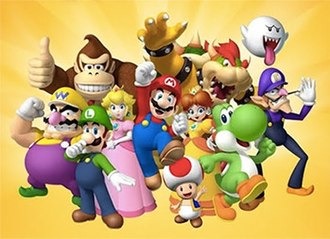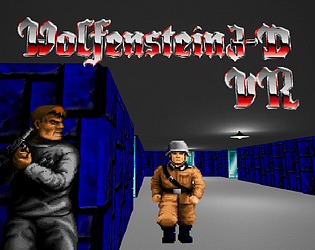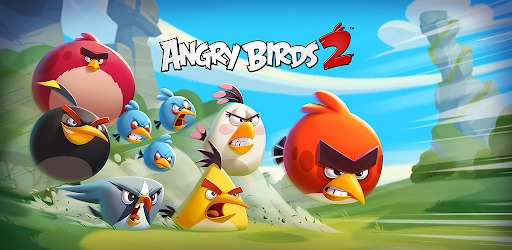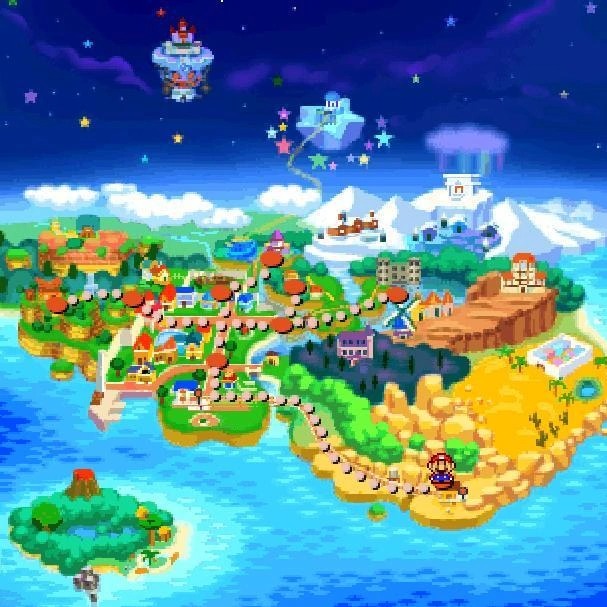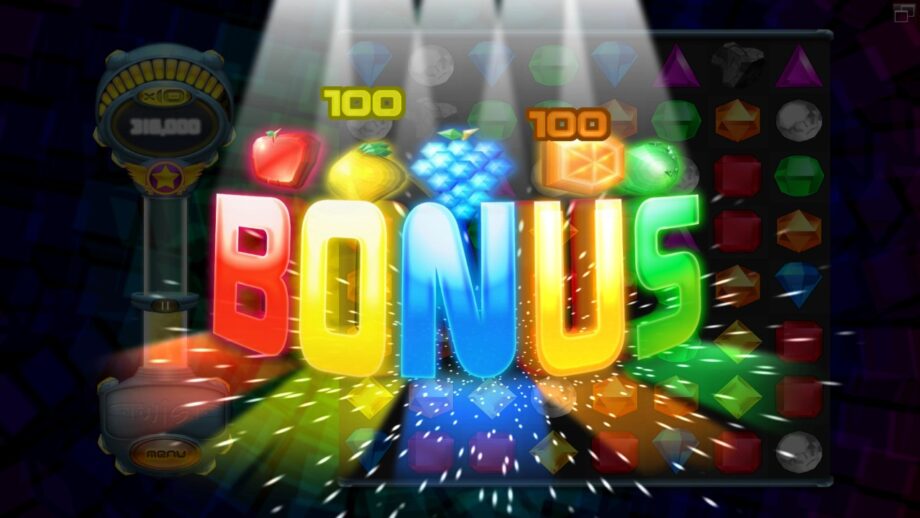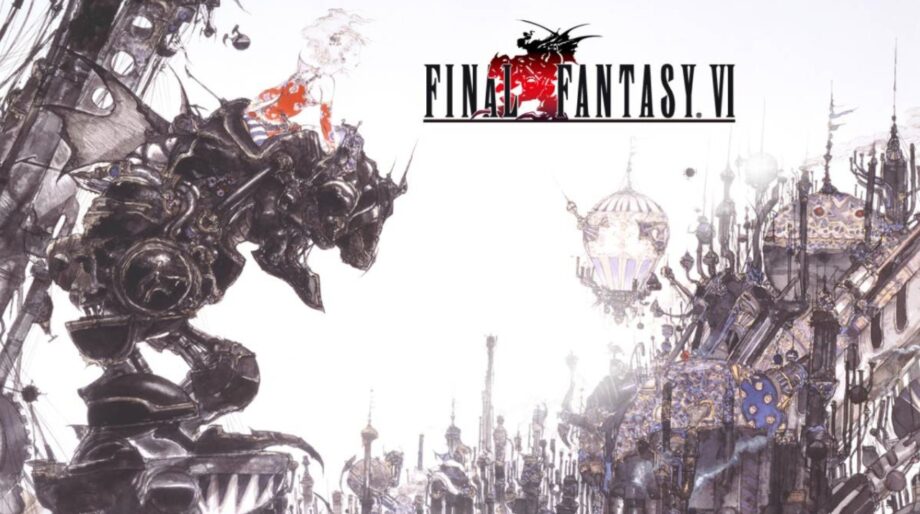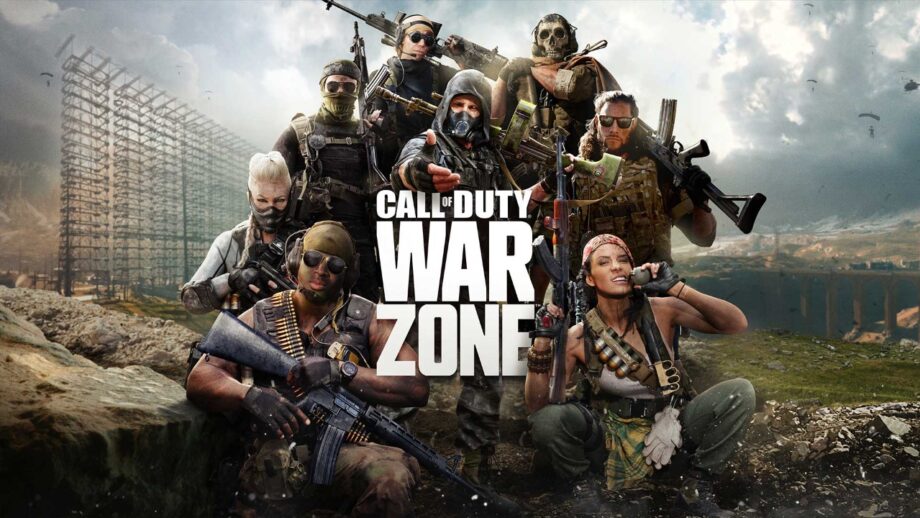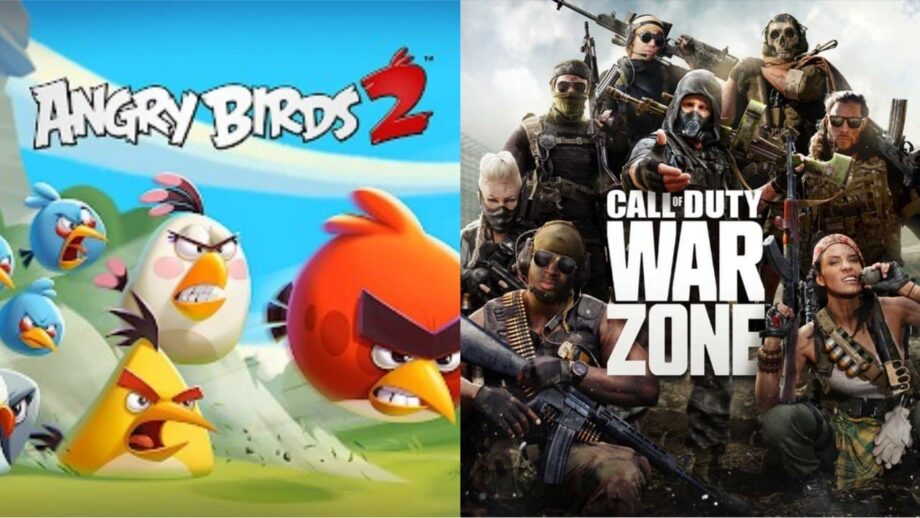Angry Birds is a video game franchise created by Rovio Entertainment. Rovio’s original mobile game, which is now one of the most well-known companies in the world, profited immensely from being one of the first iPhone items. The studio’s quirky avian-flinging physics puzzler—in which players must slingshot roly-poly birds at similarly rotund, entrenched pigs—also honed in on key elements of smartphone gaming’s then-nascent purview: bite-sized levels for on-the-go play, easy to pick up (if difficult to master) gameplay, and eventually a free-to-play biz model built on micro-transactions. Angry Birds is often credited with laying the framework for the myriad of mobile games that have subsequently vied for our dollars.
Mario’s brick-breaking, Goomba-stomping antics were enough to captivate gamers around the world in Nintendo’s eccentric side-scrolling Super Mario Bros. titles. However, Super Mario 64, released in 1996, immersed Nintendo players in Mario’s world in a way that no previous game in the franchise has before, while also setting down a language for interacting with 3D environments (and in its case, divinely zany ones). It was one of the best selling games on the Nintendo 64, selling over 11 million copies, but its main influence was likely off-platform, where it tectonically reshaped the design imperatives of an entire industry.
Name your favorite modern first-person shooter right now. It might be Call of Duty, Halo, or Counter-Strike. All of those games, as well as dozens, if not hundreds more, owe a great deal to Doom. The 1993 classic from id Software pitted a nameless space Marine against the armies of Hell, thrusting gamers into a high-intensity struggle for Earth. Wolfenstein 3D, another id title, may have debuted a year sooner. Doom, on the other hand, became a real hit, exposing millions of gamers to what have now become foundational concepts of the genre, from furious online deathmatches to player-led modifications that may change or entirely revamp a game’s design and feel.
The “Ms.” may have begun as a copy of the original pellet-chomping arcade machine, but she has many more moves than her spouse. This 1982 game, an illegal adaptation of 1980’s Pac-Man, was originally called “Crazy Otto”—until the makers sold it to Midway, who renamed it Ms. Pac-Man to attract female gamers. Ms. Pac-Man, on the other hand, did far more than just put a bow on an already hugely famous game. It immediately surpassed the original, with four mazes (as opposed to Pac-one), Man’s sharper ghosts, and on-the-move fruit bonuses. The fact that it is still enjoyable to play gets it a high ranking on our list. You’d put a quarter in a Ms. Pac-Man cabinet if you saw one in the wild.
It’s 1985, the Nintendo Entertainment System has made its way into American living rooms, and siblings Mario and Luigi are tearing up the Mushroom Kingdom. They’re stomping on goombas, de-shelling winged turtles, slamming question mark blocks, and hurling fireballs as though it’s completely typical plumber behavior. (Clearly, medications of the 1970s were effective.) Despite how strange this side-scroller appears on the surface, it’s still as much fun to play now as it was three decades ago. And, as a result of Mario’s never-ending running, this platformer par excellence transformed the NES into a must-have device, Mario into a cherished gaming franchise, and Nintendo into a household name. Talk about snatching a flag.
Sid Meier, a history enthusiast, had played and appreciated both Maxis’ SimCity and Bullfrog’s Populous before deciding to create something greater than included combat, exploration, diplomacy, city-building, and aspects of political philosophy. Civilization, released in 1991, inaugurated a series of highly played and adored turn-based strategy epics in which players guide a society from the Stone Age to the far future. Civilization IV, launched in 2005, was the series’ pinnacle, and it was generally praised for its numerous advances, ranging from 3D visuals to much enhanced artificial intelligence. It is widely regarded as the finest strategy game ever created, and it is still used as a design reference by game creators today.
For years after its debut in 1994, Super Nintendo gamers referred to Final Fantasy VI as Final Fantasy III, because no one thought this Japanese series would become so famous in the United States that the original II and III would be localized and the series renumbered. What made Final Fantasy VI an exemplar—not just of console roleplaying, but of the genre in general—was how perfectly it blended so many disparate elements: real-time battles, summonable magical-bestowing creatures, indelible characters, party-swapping, heartrending plot twists, an unforgettably iniquitous villain, a four-minute play-along opera, and its artful inflection of dark fantasy steampunk.
SimCity 2000 was by no means the first city-builder, but it surely impacted all others that came after it. The 1994 game achieved near-perfect equilibrium between the inputs and outputs of administering a (virtual) city. Graphics that depicted the corners of each structure, bridge, road, hill, and valley enhanced the series’ realism. The frequent discourse from policy advisers, as well as input from the local newspaper—forerunners to current notifications—made the players’ responsibilities as mayors feel especially authentic.
